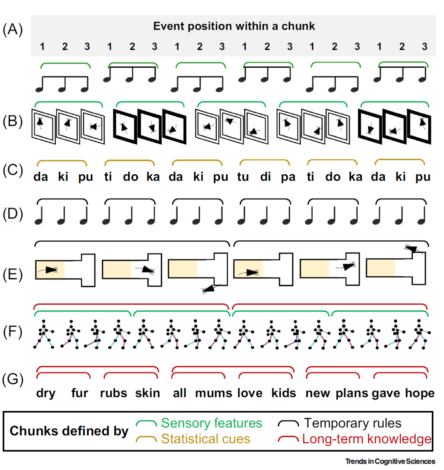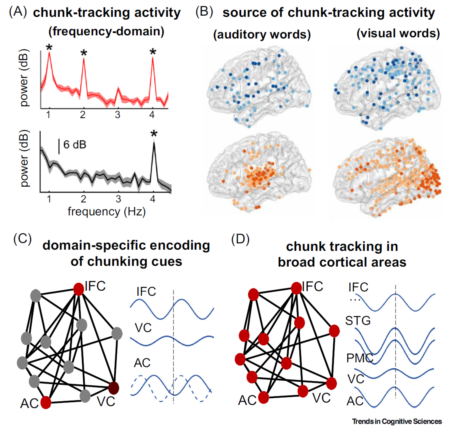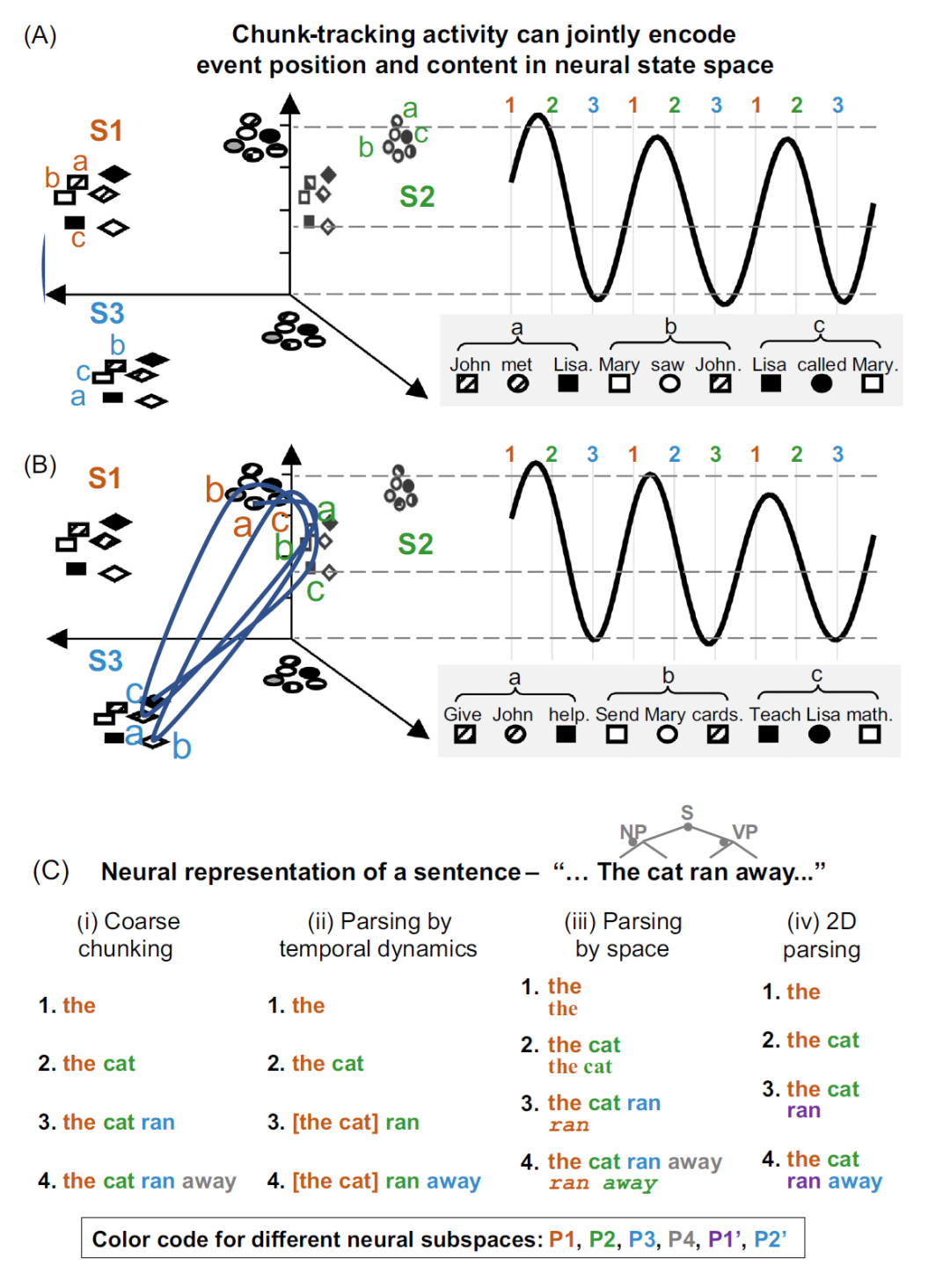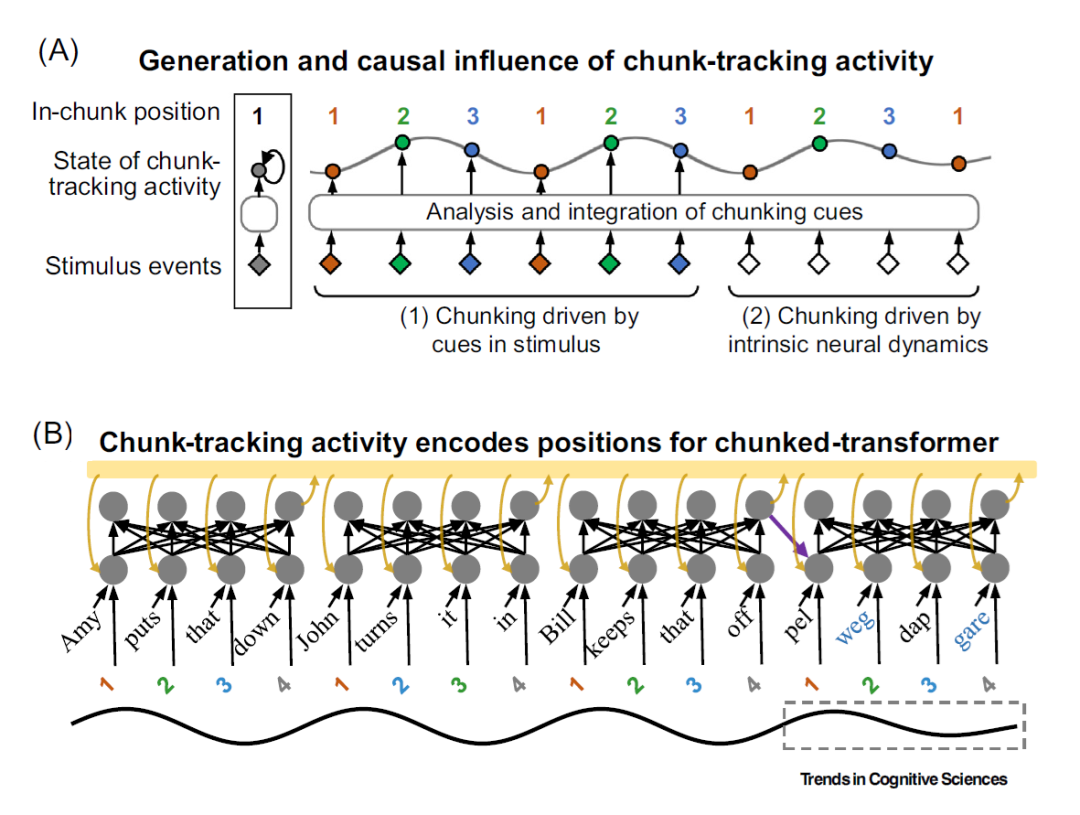
About Cell Press
Since the launch of our flagship journal Cell in 1974, Cell Press has grown into a leading international scientific publisher, now encompassing over 60 journals across all fields of science. We remain committed to the belief that science holds the power to improve the human condition.
Research Highlights
Why can we easily remember a catchy song but struggle to memorize a string of random characters? The secret lies in the brain’s “smart packaging” system!
A recent study reveals that the brain automatically groups complex information into “memory packets,” each tagged with its own internal code—an information chunking system remarkably similar to how AI models process data. This discovery could pave the way for brain-machine interfaces that better understand human cognition.
Groundbreaking Review from Ding Nai's Team at Zhejiang University
Ding Nai, a researcher at the State Key Laboratory of Brain-Machine Intelligence and the College of Biomedical Engineering and Instrument Science at Zhejiang University, recently published a review article titled “Sequence chunking through neural encoding of ordinal positions” in Trends in Cognitive Sciences, a journal under Cell Press.
The article synthesizes findings from human behavioral and neuroimaging studies, neural recordings in animal models, and computational modeling of complex sequence processing. It explores how the brain may encode information in chunks using mechanisms similar to positional encoding in AI models such as Transformers. This allows for dynamic allocation of positional information within sequences, enabling efficient information processing.
This neural encoding strategy not only offers new insights into high-level cognitive functions but also provides valuable biological inspiration for the development of next-generation brain-like AI algorithms and brain-computer interface systems.

01 – What Are Chunks in a Sequence?
The brain often needs to process long, complex sequences—like the hundreds or thousands of words in a story—but its working memory is limited (typically to 4–7 information units). To manage this, it adopts a strategy of breaking sequences into smaller “chunks,” each containing just a few events. First, information is integrated within chunks, and then between them.
Chunking is a general strategy but can be implemented in various ways, depending on cues such as:
Physical features (e.g., identical musical notes grouped together),
Statistical patterns (e.g., frequently co-occurring syllables forming a chunk),
Task instructions (e.g., grouping every three notes, as instructed by the experimenter).

Figure 1: Examples of chunk segmentation across different sequence-processing tasks.
02 – What Are the Neural Mechanisms of Chunk Processing?
Numerous studies have shown that across a range of sequence-processing tasks, the brain exhibits neural activity that “tracks” chunks. This review proposes that such chunk-tracking neural responses are crucial for identifying and integrating information within chunks. But what exactly are these responses, and what functions do they serve? The paper explores three perspectives:
Frequency Domain Perspective:
When chunks are of consistent length (e.g., short four-character phrases presented once per second), chunk-tracking responses are defined as neural signals that match the chunking rhythm—such as a 1 Hz response for one chunk per second. These have been observed in many tasks, including language processing and even in assessing residual cognitive function in patients with consciousness disorders.

Figure 2: Frequency analysis of chunk-tracking responses, brain regions and mechanisms responsible for generating chunk-tracking responses.
Despite differing chunk segmentation cues across tasks, consistent chunk-tracking responses still emerge. This is likely because different brain areas encoding various chunking cues can synchronize activity across broader brain networks.
Temporal Perspective:
For irregular chunks (without a constant rhythm), the chunk-tracking response can be defined broadly as neural responses to chunk boundaries, or more narrowly as responses that distinguish between positions within a chunk. In other words, the brain may encode not just when a chunk starts or ends, but also the ordinal position of each event within it.State Space Perspective:
To understand how populations of neurons work together to encode sequences, the review introduces a high-dimensional neural state space model.
In this framework, each event in a chunk occupies a different subspace—like a distinct plane in a 3D space. Neural activity travels through these subspaces as it processes the sequence, encoding both content and position simultaneously.

Figure 3AB: Chunk-tracking responses in high-dimensional neural state space.
The review also explores how the brain may represent hierarchical chunks, where smaller chunks combine into larger structures.
Figure 3C: Strategies for encoding multi-level chunk structures
03 – Do Chunk-Tracking Responses Causally Influence Chunk Formation?
The brain often predicts an event’s position in a chunk before it occurs. For example, upon hearing “Happy New…,” we expect “Year” to follow as the fourth word, signaling the end of a phrase. If we hear “Happy New Year,” we anticipate a new sentence to begin.
The review suggests that the brain uses chunk-tracking responses to predict an event’s ordinal position, and that manipulating these responses could influence our perception of sequence order.
04 – Computational Models of Chunk Processing
The review proposes that Transformer models in AI provide a useful computational analogy for how the brain integrates events within chunks. In these models, each event is processed together with its positional encoding, enabling structured integration. Similarly, the brain’s chunk-tracking responses may serve as biological positional encodings.


Figure 4: Chunk-tracking responses as neural implementations of position encoding.
Conclusion
This review presents a novel framework for understanding neural chunking in sequence processing. It identifies chunk-tracking responses as a key mechanism by which the brain segments and processes sequences. These responses assign each event a position within its chunk—akin to positional encoding in Transformer models—and have a causal role in shaping chunk perception and integration.
Acknowledgments
Dr. Ding Nai is the first and corresponding author of this work. The research was primarily supported by the “Brain Science and Brain-Inspired Intelligence” initiative under China’s 2030 Innovation Agenda, as well as the National Natural Science Foundation of China.






